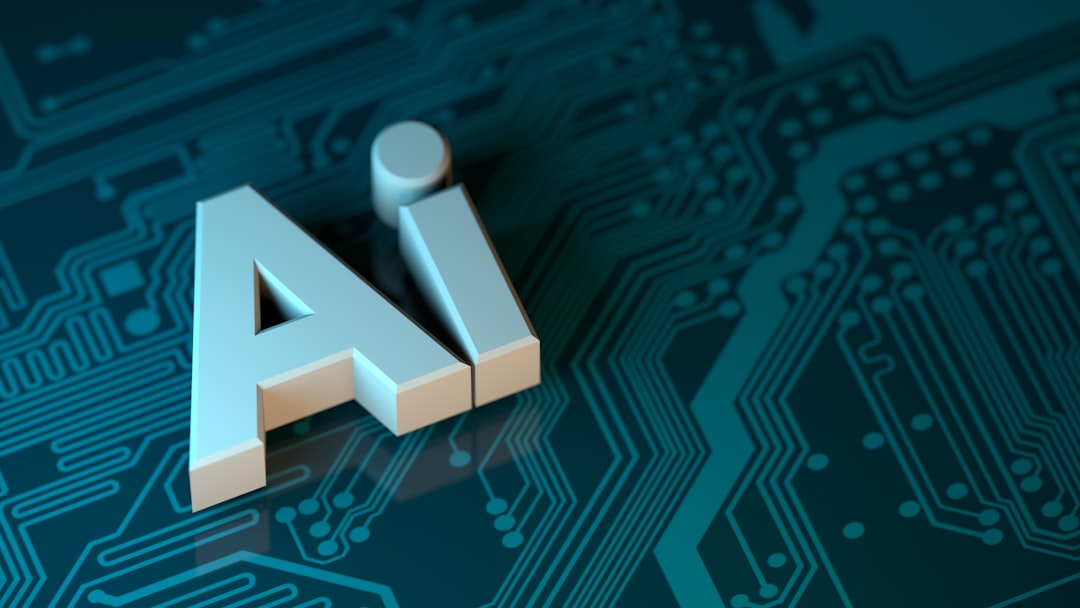In the rapidly evolving digital landscape, the integration of artificial intelligence (AI) is no longer a futuristic concept—it’s a present-day necessity. Modern leaders must now adapt to this transformation to remain relevant and competitive. Becoming an AI-driven leader means more than just embracing new technologies; it involves cultivating a mindset geared toward innovation, data-driven strategy, and continuous learning.
What Does It Mean to Be an AI-Driven Leader?
Table of Contents
Being an AI-driven leader is about leveraging AI insights and tools to make smarter decisions, optimize operations, and create value. These leaders use AI not just for automation but to completely reimagine how business problems are solved and how customer needs are met. They understand the technology but focus more on its strategic applications within teams and organizations.
AI-driven leadership includes:
- Data literacy and fluency in AI terminology and concepts.
- Visionary thinking to identify AI opportunities that align with business objectives.
- Ethical awareness in deploying AI responsibly and transparently.
- Fostering a culture of curiosity, experimentation, and agility.

Steps to Becoming an AI-Driven Leader
1. Develop Foundational AI Knowledge
You don’t need a PhD in computer science, but an understanding of how machine learning, natural language processing, and neural networks function will empower better decision-making. Many accessible online courses and certifications help professionals build this foundational knowledge.
2. Cultivate a Data-First Culture
AI thrives on data. Building an organizational culture that values data collection, cleanliness, and strategic analysis is critical. Leaders should champion data democratization, making data insights accessible across departments.
3. Collaborate Across Functions
AI transformations require collaboration between IT, operations, marketing, legal, and executive teams. AI-driven leaders foster strong cross-functional teams that break down silos and focus on achieving shared goals.
4. Invest in Change Management
Deploying AI solutions will disrupt existing workflows. Leaders must manage this transition carefully by communicating benefits, retraining employees, and addressing fears about automation. Empathy and transparency play key roles here.
5. Focus on Responsible AI
An AI-driven leader takes ethics seriously. They ensure AI systems are fair, accountable, and explainable. Understanding biases in data and aligning AI decisions with the company’s values are essential facets of leadership.
Real-World Applications of AI Leadership
From logistics to customer service, AI is transforming industries. In marketing, leaders are using AI for personalized recommendation engines, while in healthcare, AI helps analyze patient data to improve diagnoses. The common thread is that AI augments human capabilities rather than replacing them entirely.
Companies like Amazon, Google, and Microsoft owe their competitive edge largely to AI-first strategies. Mid-size companies are also gaining traction through AI-powered CRM solutions, financial forecasting tools, and supply chain analytics.

Key Technologies Every AI-Driven Leader Should Know
- Machine Learning: Enables systems to learn and improve from experience.
- Natural Language Processing: Powers chatbots and language understanding tools.
- Computer Vision: Helps machines interpret visual inputs.
- Robotic Process Automation (RPA): Automates rule-based tasks for efficiency gains.
Final Thoughts
The journey to becoming an AI-driven leader is ongoing. It requires commitment, adaptability, and a willingness to challenge the status quo. As AI continues to evolve, so too must leadership. Those who embrace this transformation today will drive the innovation of tomorrow.
Frequently Asked Questions (FAQ)
- Q: Do I need to be a tech expert to become an AI-driven leader?
- No. A foundational understanding of AI concepts is sufficient. The key lies in strategic vision and cross-functional collaboration.
- Q: How can small businesses benefit from AI leadership?
- Even small businesses can use AI for customer insights, marketing automation, and predictive analytics to stay competitive.
- Q: Is AI going to replace human leadership?
- No. AI supports leaders by enhancing data-driven decision-making, but human judgment, empathy, and creativity remain irreplaceable.
- Q: How can leaders ensure ethical use of AI?
- By promoting transparency, addressing data bias, and aligning AI initiatives with organizational values and societal good.
- Q: What are the risks of not becoming an AI-driven leader?
- Stagnation, lost market share, inefficient processes, and being outpaced by more agile, tech-savvy competitors.

